
This blog post is a step-by-step tutorial to install Python and Jupyter Notebook to Windows 10 (64 bit). Python 3.3 or greater, or Python 2.7 is required to install the Jupyter Notebook.
- Download Python 3.7.4 from “https://www.python.org/downloads/release/python-374/” url
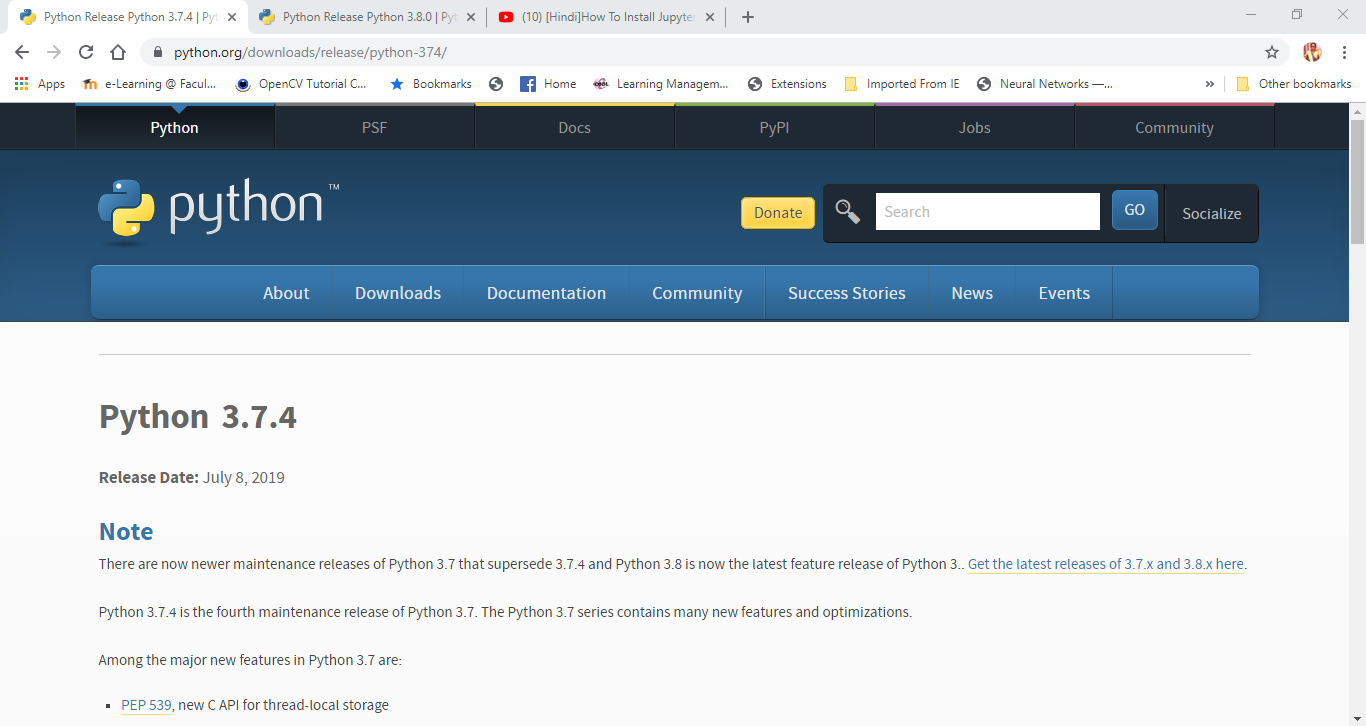
2. Choose and select “x86–64 executable installer” for Windows 10–64 bit computer

3. Select location to save the executable file.

4. Install Python 3.7.4 (64-bit) to your computer.
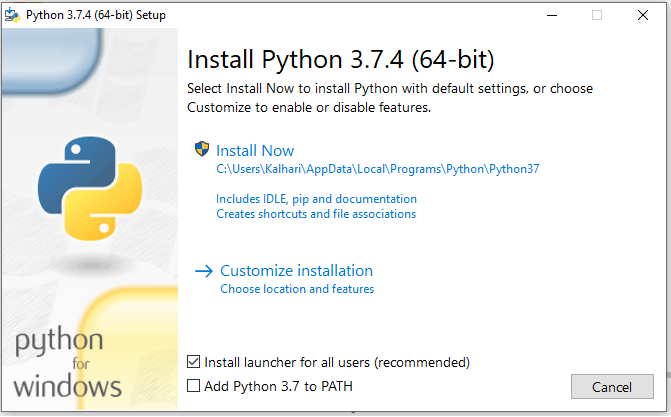
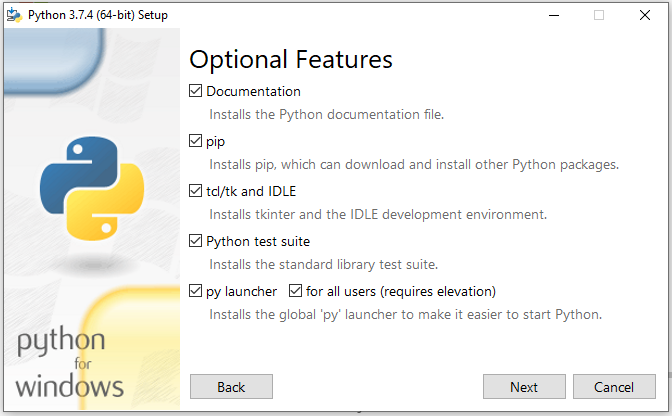
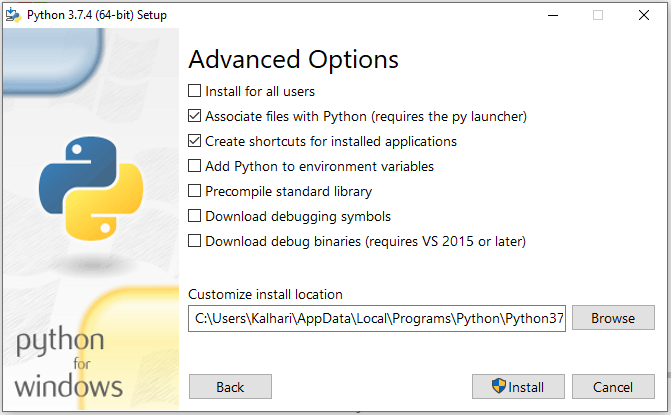


5. Check the installation by running “Idle”
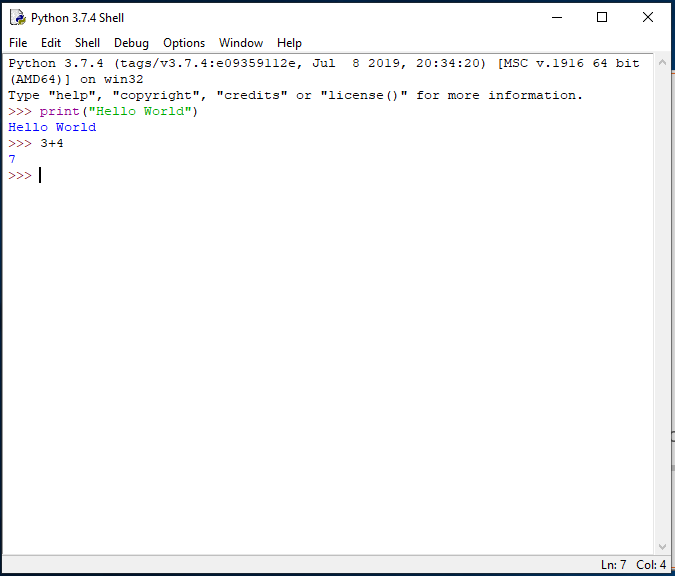
6. Set “Python37” path and “Python37/Scripts” path to environment variable
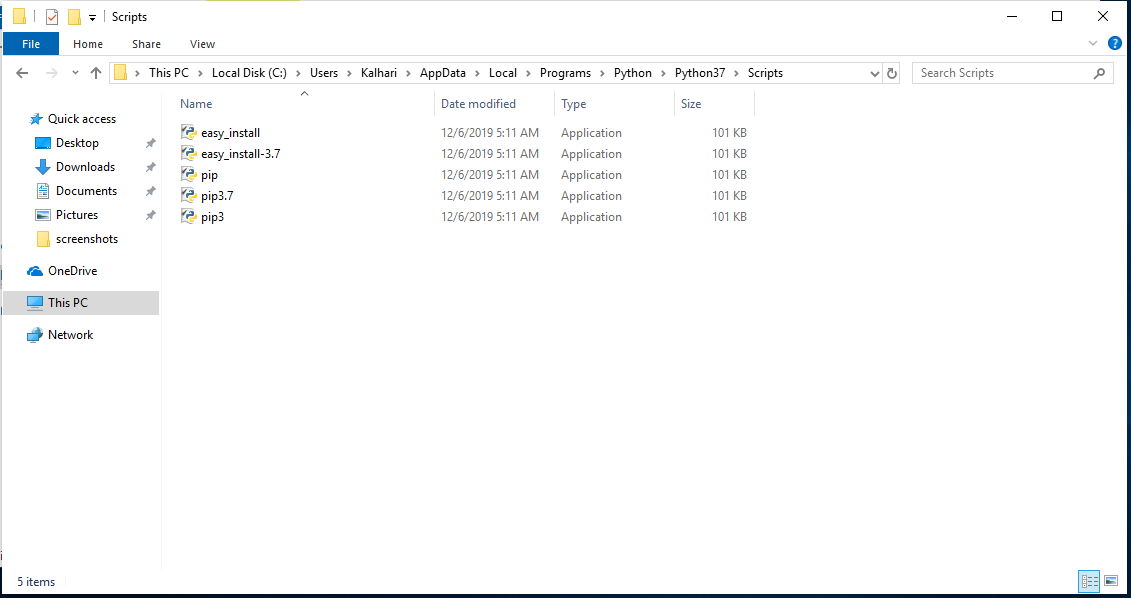

7. Open command prompt and check the python version using “python –version”
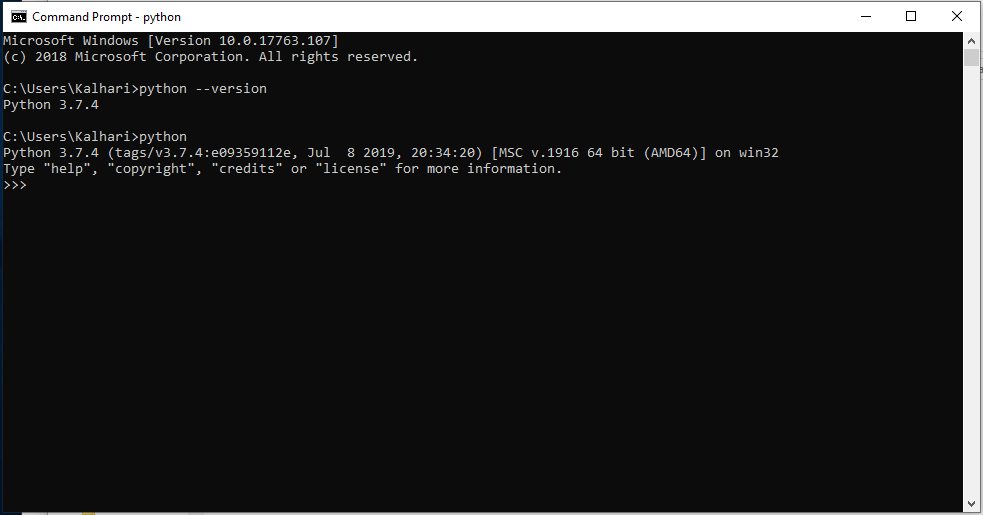
8. Install pip using “pip install virtualenv”

9. Upgrade pip using “python -m pip install -upgrade pip”

10. Create a virtual environment called opencv (“virtualenv opencv”)

11. Move to Scripts folder and activate opencv virtual environment using “activate.bat”

12. Install numpy using “pip install numpy”

13. Install OpenCV using “pip install opencv-python”
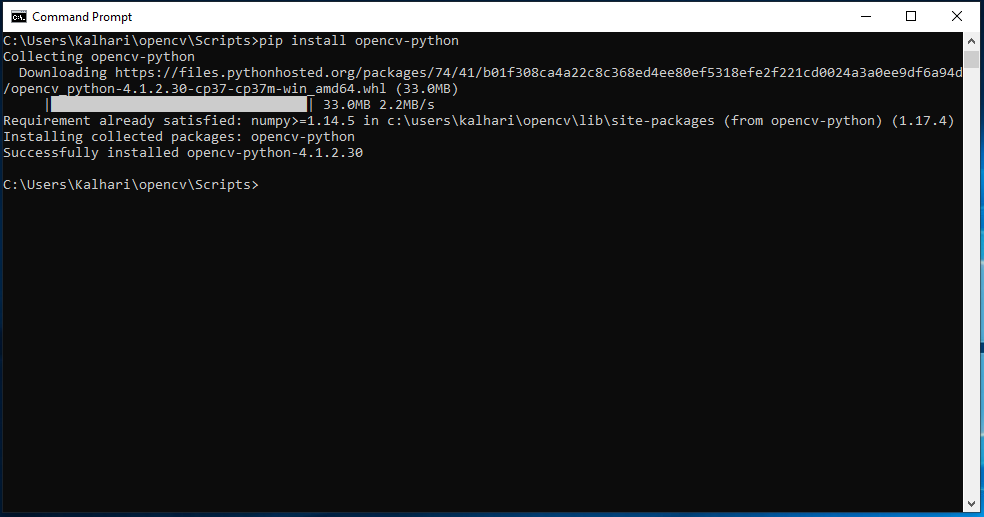
14. Install Matplotlib using “pip install matplotlib”

15. Install Jupyter using “python -m pip install jupyter”

16. Run Jupyter Notebook using “jupyter notebook”

17. Start the notebook server and popup dashboard in browser using “localhost:8888/tree” url

18. Create your first notebook using dashboard

